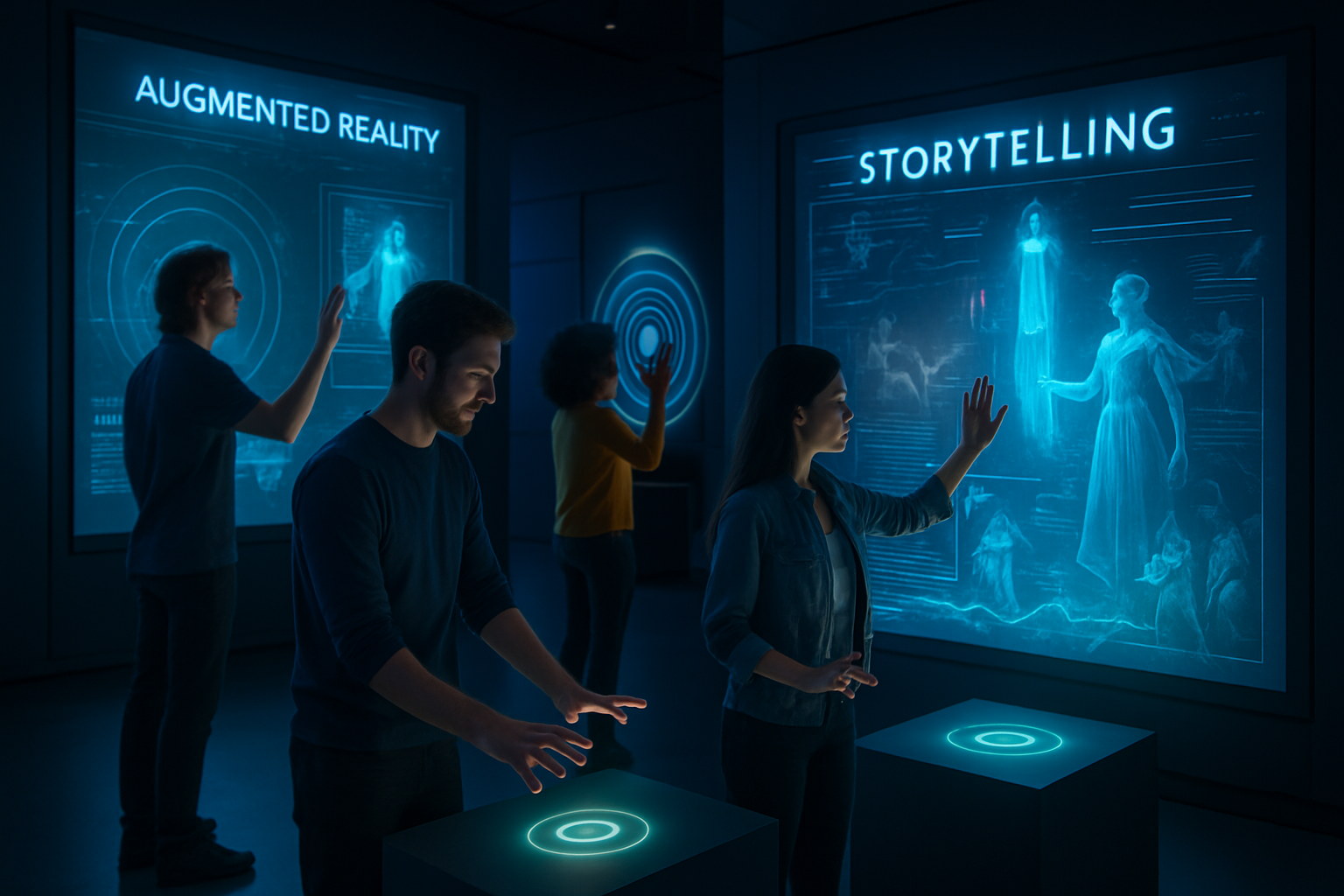As museums and cultural institutions face increasing pressure to stay relevant and engaging, many are turning to technology—not just for spectacle, but to deepen education, preserve heritage, and connect with modern audiences. Among the most transformative of these tools? Sensor-based technology.
The Shift from Static to Smart
Traditional exhibits are often passive: visitors read placards, look at artifacts, and move on. But with sensors integrated into exhibit design, museums are making these experiences interactive, dynamic, and personalized.
Motion sensors, proximity detectors, and environmental monitors allow exhibits to respond in real time—triggering lights, audio, video, or even AR (augmented reality) experiences. A visitor can walk past a display and suddenly hear the voice of a historical figure, or see a holographic overlay animate how a tool was used centuries ago.
For example:
Touchless triggers can launch stories or visuals tailored to different age groups or languages.
Interactive floor maps respond to foot traffic, helping visitors navigate intuitively.
Environmental sensors adjust lighting and climate to optimize comfort and conservation.
These tools don't replace storytelling—they amplify it.
Preservation Meets Innovation
Sensors also help behind the scenes. Temperature, humidity, and light exposure are critical for preserving delicate artifacts. Smart sensors monitor these factors in real time and alert staff to anomalies—ensuring conservation protocols are met without constant manual oversight.
This tech-driven vigilance is especially valuable for rare or irreplaceable items, where small fluctuations can cause long-term damage.
3D for Sustainability and Smarter Construction
Visual modeling also supports environmental and logistical decision-making. By simulating sun angles, airflow, or pedestrian movement, designers can optimize for energy efficiency, safety, and usability. Pre-construction 3D models also allow for accurate materials planning, which reduces waste and cost.
Data That Drives Smarter Curation
Every movement and interaction in a sensor-rich environment creates a data point. That data helps institutions:
Understand visitor behavior (where they stop, what they skip)
Optimize exhibit layout
Inform future programming and design
Over time, museums can evolve based on real insights—not just intuition.
Cultural Respect Through Context
When paired with AR or mobile applications, sensors allow for deeper cultural education. At Virtual Space LLC, we’ve integrated sensor-driven experiences into Indigenous exhibits that respect oral histories and community input—ensuring visitors learn not just from artifacts, but through the voices and values of the people who created them.
At Virtual Space LLC, we specialize in creating custom 3D environments, renderings, and immersive visualizations that bridge creativity and technology across sectors.
It’s about creating a dialogue between technology and tradition.
Where Museums Go From Here
As sensor tech becomes more accessible and modular (via tools like Raspberry Pi and Arduino), even smaller institutions can afford to explore interactive exhibits. The result? More inclusive, personalized, and immersive cultural spaces.
Virtual Space LLC specializes in helping museums and cultural institutions design these experiences—balancing technological power with sensitivity to cultural storytelling.
Let’s Talk
Want to explore how sensor-based tech could enhance your next exhibit?
Schedule a Consultation

